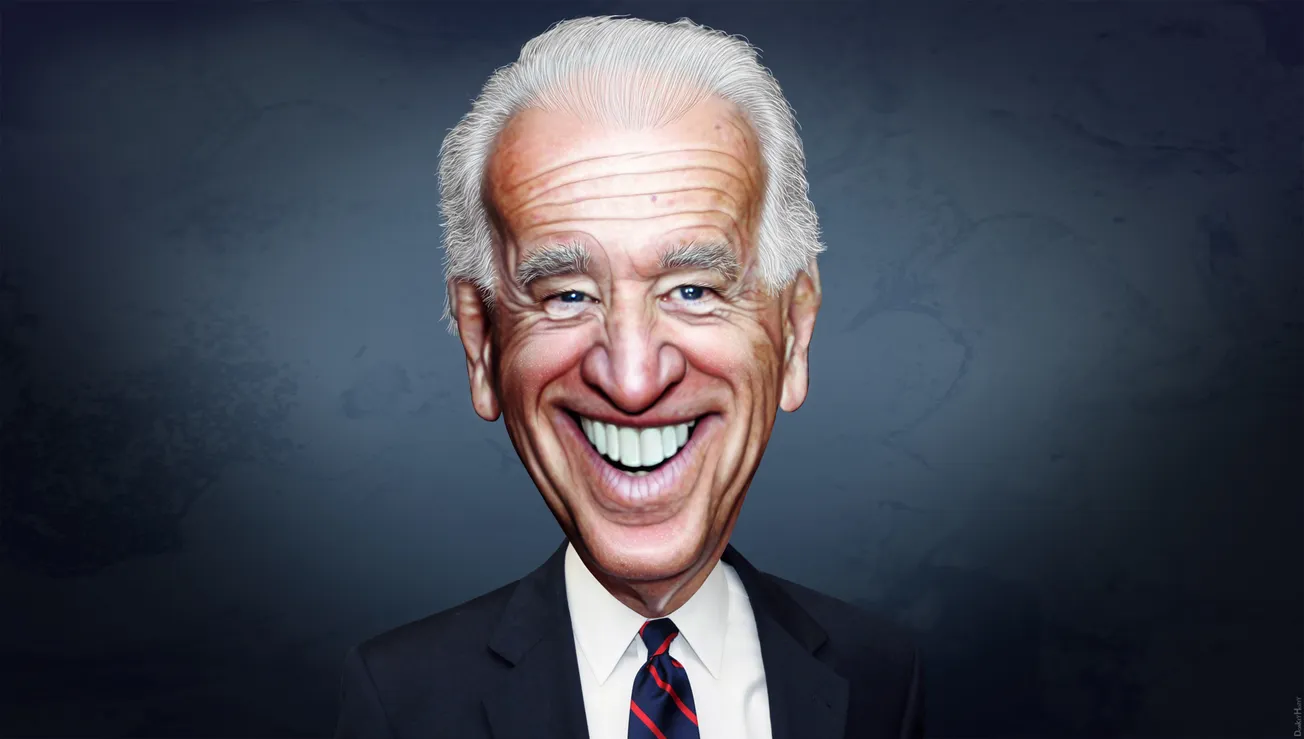As the Kentucky General Assembly gathers in Frankfort, lawmakers will be looking for ways to lift Kentucky’s workforce participation rate, attract employers and usher in a more prosperous future.
They’ll likely consider tax policy, infrastructure subsidies, and education’s role in growing an economy, making this a good time to look at the bigger economic picture. What are the industries that feed our families, pay our mortgages and our auto loans? What are the building blocks of a better, more prosperous Kentucky? And what can state government do to create that brighter future?
First, a few facts
- Kentucky’s economy accounts for about 1% of the GDP (gross domestic product) of the United States, meaning we are to some extent at the mercy of what happens in that other 99% of the national economy. “The Kentucky economy and Kentucky employment is really driven by what’s going on in the national market … and even the global economy,” explained Mike Clark, director of the Center for Business and Economic Research at the University of Kentucky’s Gatton College of Business and Economics.
- One of the biggest contributors to the Kentucky budget is the federal government. As the annual report prepared by Clark’s center notes, pre-pandemic 27.8% of state and local revenue came from the feds (compared to a U.S. average of about 18.7%). That accelerated with federal aid during the pandemic to about 32.2 percent in 2020 (compared to a 21.3% national average.) Since then both the American Rescue Plan Act and the Infrastructure Act have directed even more federal money toward Kentucky.
- In November, 2023, the Kentucky nonfarm, civilian workforce was 2,036,638, of whom 87,245, or 4.3%, were unemployed. Like everywhere, employment in Kentucky largely revolves around the service economy, whether that’s providing medical care and education or food and lodging. The growth of service industry employment in Kentucky has been strong and steady in the last two decades, with short blips for recessions and the pandemic.
- Kentucky has a higher percentage of people employed in manufacturing than most of the country, particularly in the auto and auto parts industries. The logistics industry, spurred by the presence of UPS, DHL, Amazon and FedEx is also a large and growing employer, driven in part by the explosion of online shopping during the pandemic, a trend that does not seem to have abated. “If you look at the four biggest employers in Kentucky, two of them are automakers, Ford and Toyota, and two of them are logistics, UPS and Amazon,” said Jason Bailey, executive director of the Kentucky Center for Economic Policy. Bourbon production, coal mining and horse racing and breeding, while very visible legacy sectors that in the case of horses and bourbon also drive tourism, are not significant drivers of the Kentucky economy.
- A sector where full time employment has declined is state government, dropping 27%, from 40,081 to 29,267, between 2002 and 2022, according to the state’s annual financial reports for the years 2022 and 2008. There are worker shortages across state government, including among K-12 teachers and bus drivers, social workers and public defenders. Every cabinet, from Tourism to Public Protection, has fewer employees than a decade ago.
- Kentucky continues to lag the nation in labor force participation, a measure of how many working-age people are working or looking for work. Kentucky’s rate hovers around 57% compared to closer to 63% for the nation. The Federal Reserve Bank of Cleveland analyzed factors contributing to low labor force participation. Generally, more people work in metropolitan areas and where wages are higher but they found that states, like Kentucky, with the lowest rates had older populations, lower educational attainment and higher disability rates.
‘No magic bullet’
So, what’s a state government supposed to do to improve the economic life of a small state that still has a significant rural population and is at the mercy of national government spending as well as national and international economic trends?
There is “no magic bullet,” Clark said, but “if we can improve the overall level of education, that tends to improve our employment outcomes, our wages, our overall quality of life.”
An economist, Clark also said, “the market doesn’t seem to be providing child care,” throughout the state and at affordable rates which, he said, keeps some people, mostly young women, out of the labor force. Government subsidies of child care could provide benefits beyond those to the individuals involved. More fully employed, they would pay more taxes and be less likely to call on other government assistance, he said.
“States have an impact on the long term trajectory by having an educated population, a modern infrastructure, good quality of life but in the short term they can’t change things rapidly,” Bailey said.
At this moment, Bailey and Clark agreed, unemployment is low and wages are relatively high in Kentucky. But, Bailey pointed out that Eastern Kentucky “is not sharing in that prosperity,” and continues to lag in almost all indicators — employment, income, labor force participation, etc. He believes that the state should invest directly in the region rather than pursue “this idea that a (private industry) knight in shining armor is going to come and create jobs for all of us,” lured with state tax breaks or outright gifts. “A lot of hope and a lot of money were poured into things that led nowhere,” he said.
In the same vein, Bailey said the proposal to locate another federal prison in the region is ill-conceived, citing a report his center completed in 2023 that showed the other three federal prisons in Eastern Kentucky “haven’t moved the needle at all on the counties where they were located; they are still among the poorest in the country.”
Instead, Bailey suggested, the federal government could spend the nearly $500 million the prison would cost, to “create jobs doing things people actually need, whether that’s reforestation, or youth leadership programs, or drug treatment or anything else.”
Where the jobs are
According to the U.S. Bureau of Labor Statistics, the Kentucky Labor Force in November, 2023 was 2,036,600
That included:
- 444,600 people employed in the category listed as trade, transportation and utilities
- 307,800 in education and health services
- 232,900 in professional and business services
- 259,400 in manufacturing
- 307,900 in government
- 8,700 in mining and logging
Bourbon: The Kentucky Distillers Association in 2022 estimated that the industry accounted for “more than 22,500 jobs” and by 2025 will be “fueling more than 24,000 jobs”
Equine: The Kentucky Thoroughbred Association includes these numbers for direct jobs attributed to the equine industry: racing 24,402; equine competition 7,924; recreation 5,828.
The University of Kentucky College of Agriculture, Food and Environment reported 12,500 workers on Kentucky’s equine operations during 2022, comprising 6,300 full-time and 6,200 part-time employees
Coal: 4,804 were employed in mining, prep plants and office in the third quarter of 2023, according to the Kentucky Energy and Environment Cabinet’s Quarterly Coal Dashboard.
--30--
Written by Jacalyn Carfagno. Cross-posted from the Kentucky Lantern.








